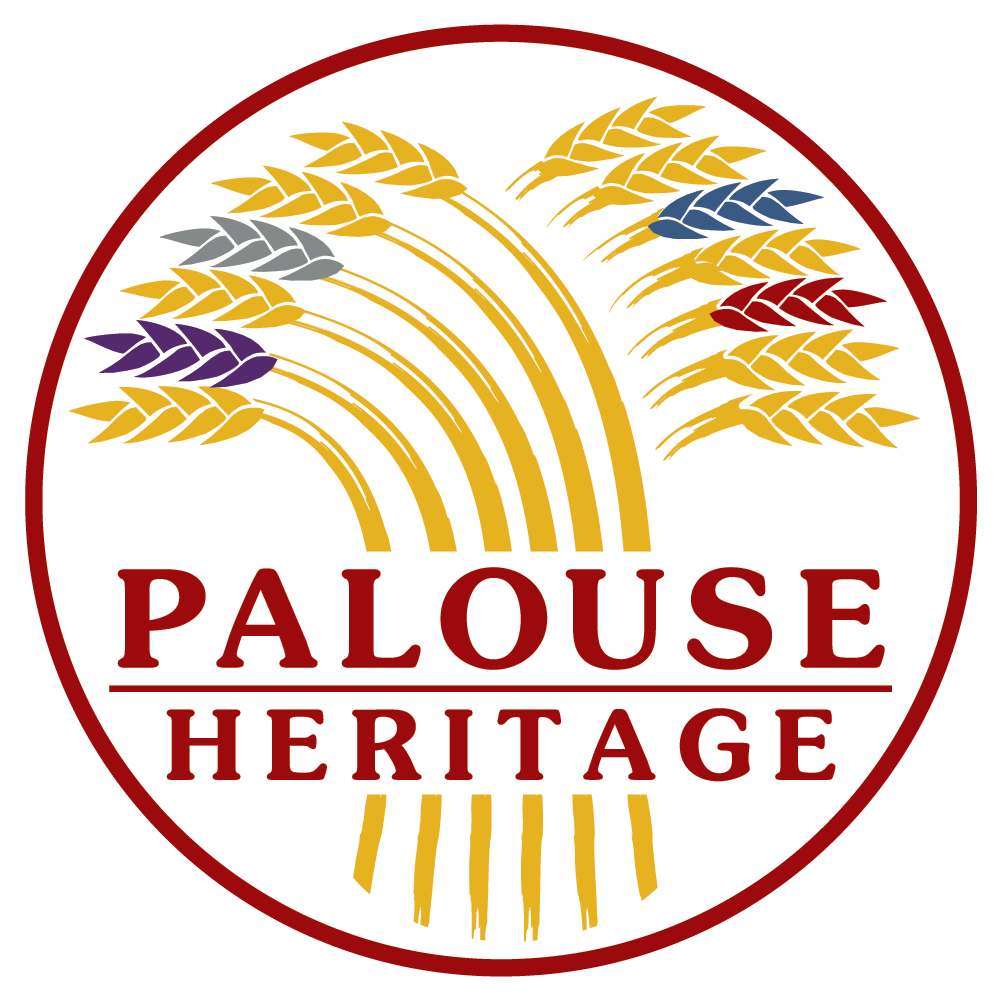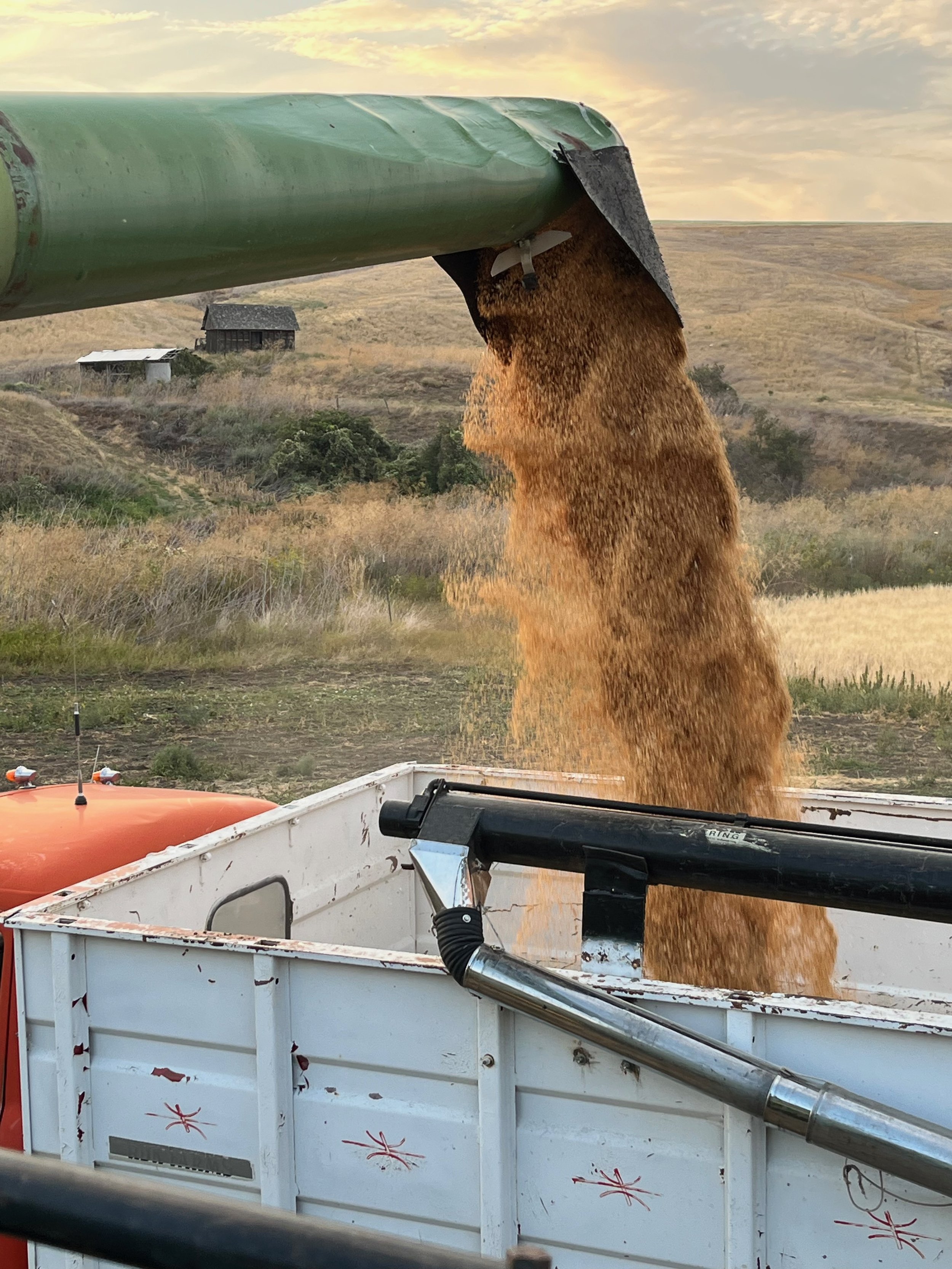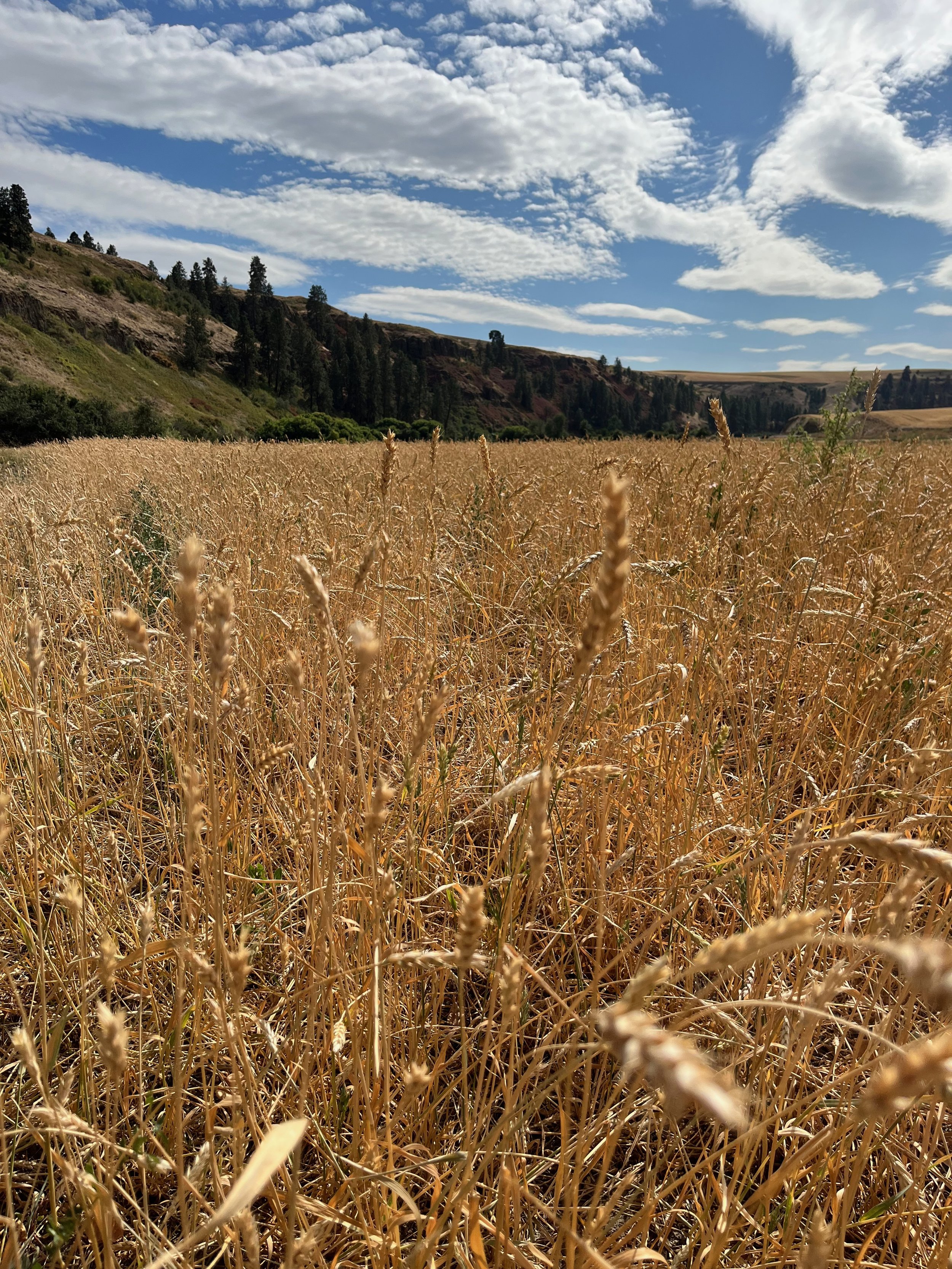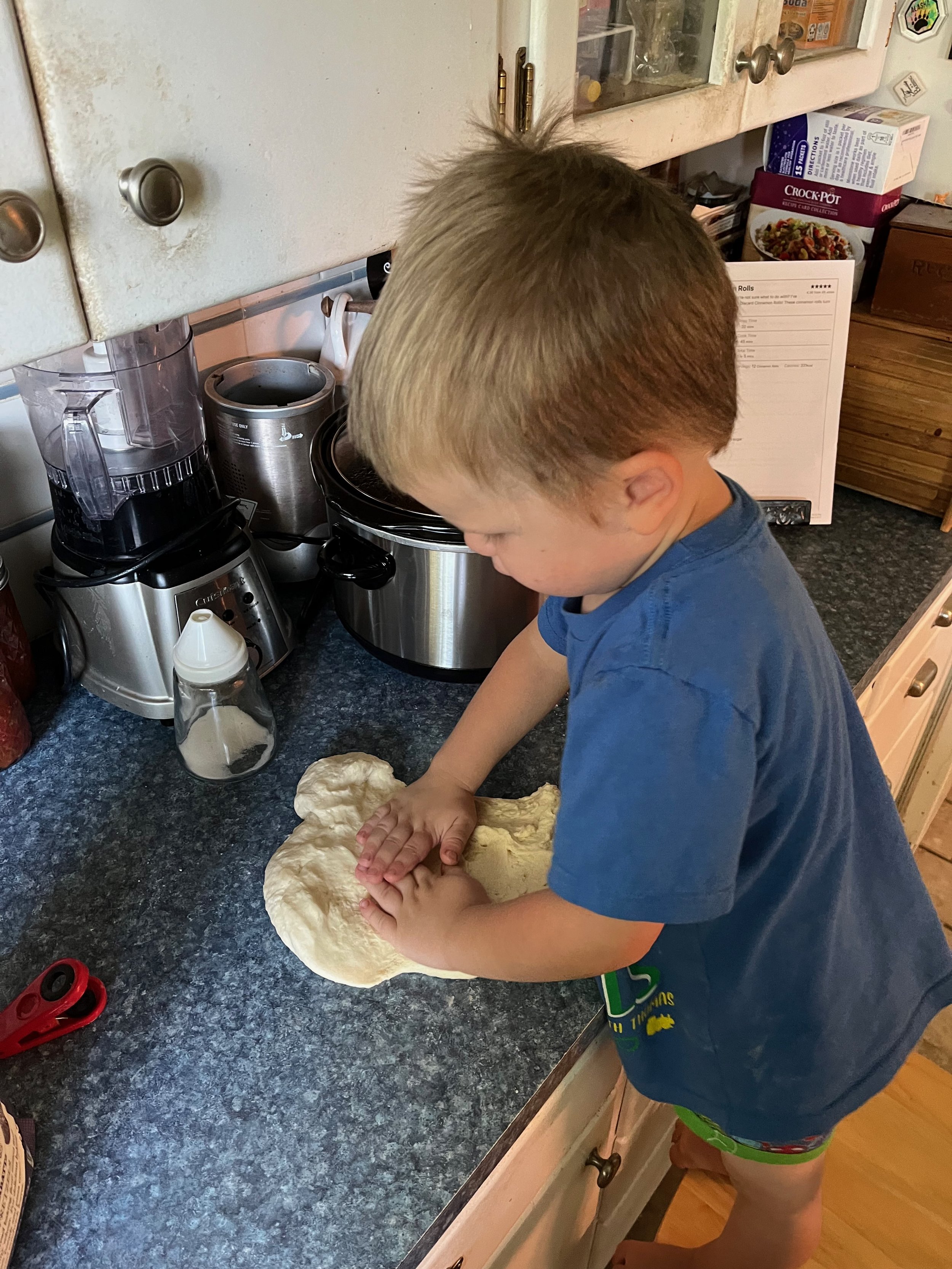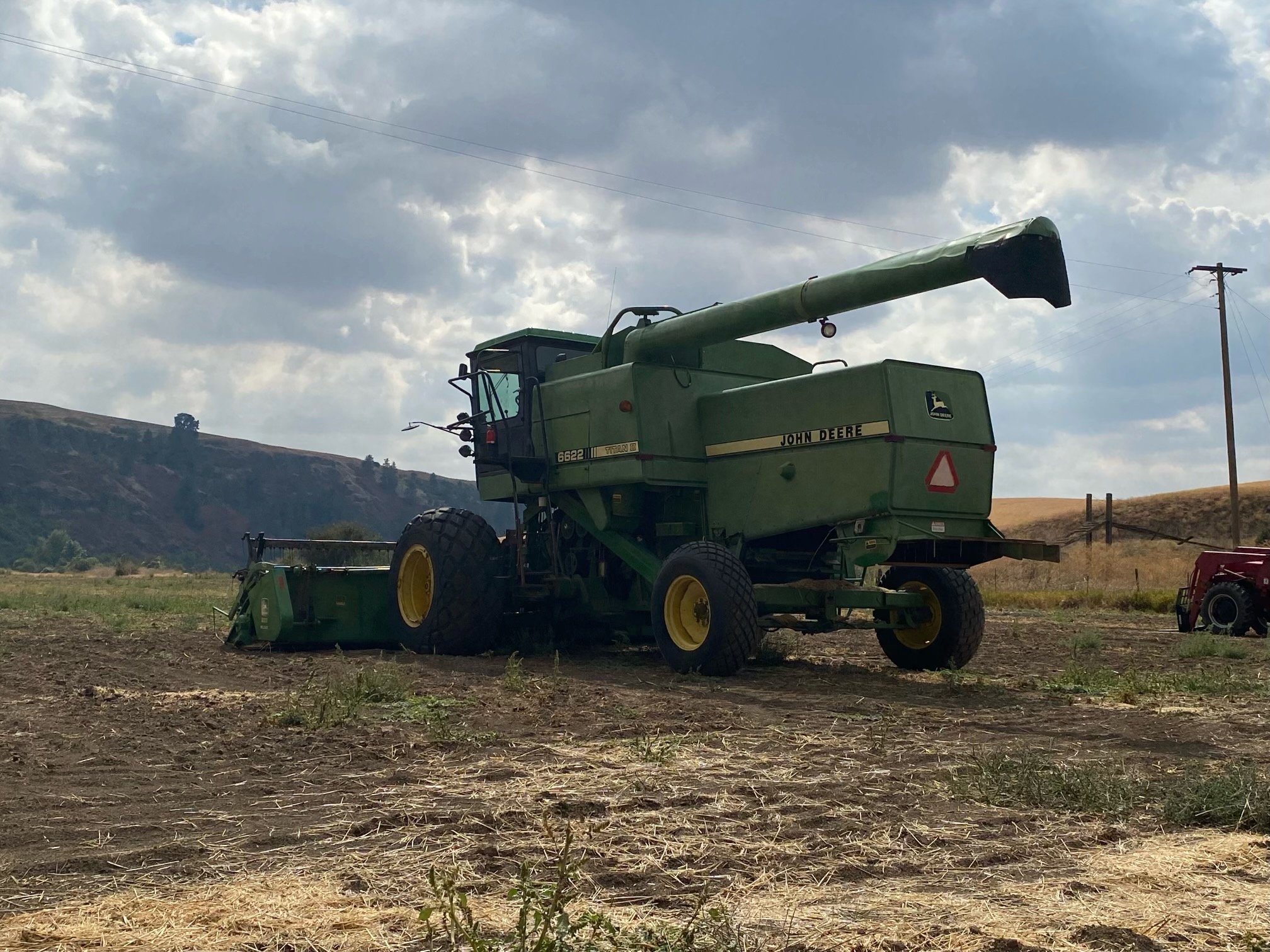Heritage Grains Play an Essential Role in National and Global Security
Here at Palouse Heritage, we are serious about our commitment to revive and establish heritage/landrace grains in our local food systems. Among the many important reasons we are committed to this cause is the critical role heritage grains play in national and global security. One of our team and family members, Karl Scheuerman, recently wrote a paper related to this topic. The paper ended up winning first place in the annual Secretary of Defense National Security Essay Competition. As a result, it was just published in the latest issue of Joint Force Quarterly by National Defense University Press, a premier global security and military studies journal. The digital version will be out soon, but in the meantime, the PDF version is available here. (Karl’s essay begins on pg 34 of that PDF.)
To summarize, the paper dives into overlooked aspects of our food system vulnerabilities here in the U.S. within the context of global strategic competition. For your convenience, here is the introduction:
In the history of warfare, belligerents have often targeted food supplies to force opponents into submission. However, in America’s wars over the last century, threats to domestic food security were minimal. In many ways, the U.S. enjoyed insulation from combat conditions overseas that could have otherwise disrupted the country’s ability to feed itself. Complacency in relative isolation from disruptive food shocks is no longer a luxury the U.S. can afford. We are now in an era of increased globalization, where food supply chains span the oceans. In addition, America faces the renewed rise of strategic competition as China and Russia seek to replace U.S. power across the globe. Given these new realities, timely evaluation of potential vulnerabilities to American food production is necessary.
Among rising strategic competitors, Russia has explicitly demonstrated a clear willingness to target food systems. In their current war against Ukraine, the Russian military has relentlessly attacked wheat supplies and production. Yet despite the critical importance wheat plays as the foremost American dietary staple, its production is indeed vulnerable to disruption should Russia choose to do so. While a full-scale conventional war with Russia is unlikely due to nuclear deterrence, the Kremlin has repeatedly demonstrated a willingness to disrupt foreign interests over the last several years, from election interference to trade wars. Targeting the U.S. wheat industry could become another preferred option for the Kremlin to wage adversarial competition at a level below the threshold of armed conflict. Given the emerging global security environment, the U.S. government should re-evaluate current policies to ensure the resilience of the wheat industry against this threat.
Included in the paper’s conclusions and recommendations is the following:
Landraces can and have been preserved in seed banks, which is worthwhile, but there are limitations in preserving them this way. Landraces are heterogeneous, meaning that individual specimens of the plant’s spikes stored in banks do not necessarily possess all the genetic diversity in the landrace variety. In addition, most biologists agree that active cultivation of landraces is essential to preserve cultivation knowledge. Given these circumstances, the USDA should find ways to collaborate with American farmers and researchers to incentivize and ensure sufficient production levels of landrace wheats.
We hope that our efforts here at Palouse Heritage will help build and restore much needed resilience in our local food systems to mitigate the threats mentioned in the essay. Thanks so much for your support as we strive to do so!
